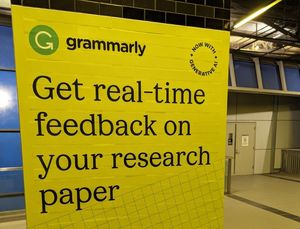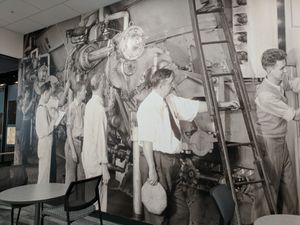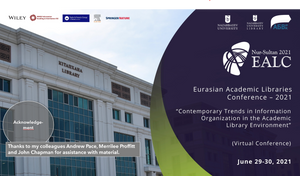Dan Farber writes:
Martin refers to what I’m calling the recombinant Web (I’m probably not the first to utter the phrase) as Web mash-ups in his story. It’s not exactly the same as the music-related definition of mashing together a few pre-existing songs into something new, but it has the same flavor. Sometimes referred to as Web 2.0 (and there is debate in the blog echochamber about that name), the recombinant Web, Web mash-ups, Web 2.0 or just the next phase of Web evolution heralds the use of the Web as a platform for creating new kinds of user experiences and businesses. Jon Udell calls it remixable Web applications. Martin gives the example of Cheap Gas, which mashes GoogleMaps and GasBuddy together to locate gas stations with the lowest prices. [� What CEOs should know about the ‘recombinant Web’ | Between the Lines | ZDNet.com]
I have been using recombinant for a while to talk about the way in which at all levels of the stack (schema, data, content, services, processes, organizations) we need to be able to flexibly recombine elements. This is becoming more important as we need to respond quickly to changing patterns of use and expectation. Flowing from this, I like to think of interoperability as recombinant potential, the ease with which elements can be combined to support goals.
Such ‘mixing’ needs us to think about readily deployable approaches – simpler maybe than we are used to thinking about.
Related items:
- Recombinance all the way up, remixing all the way down (Blog entry)
- The recombinant library: portals and people (article) [pdf]
- Interoperability: the value of recombinant potential (presentation) [ppt]



